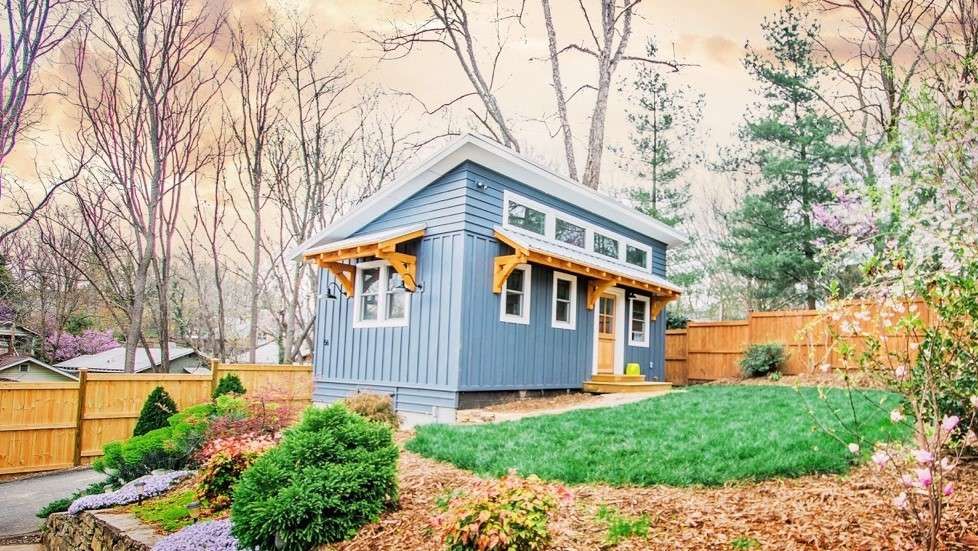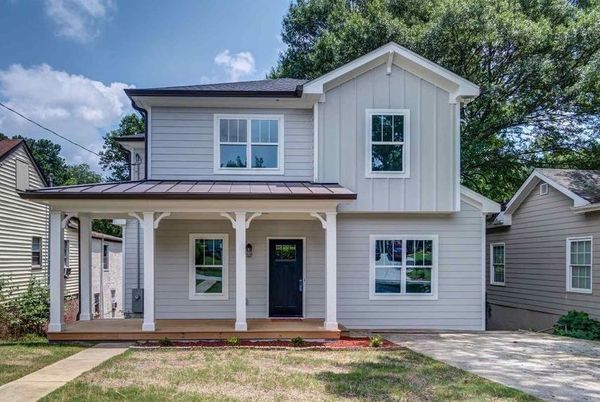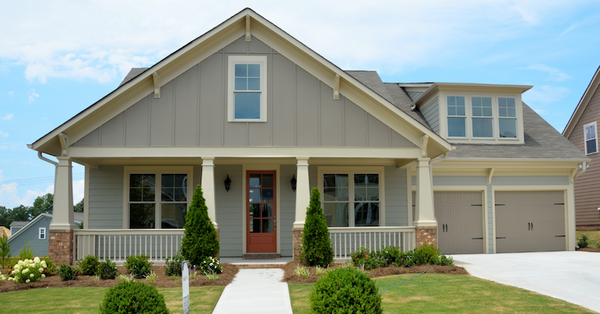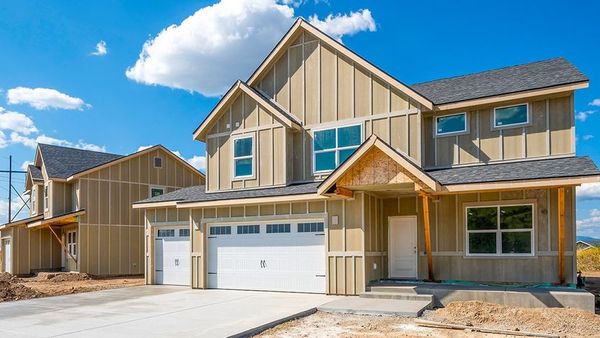Introduction to Tiny Houses
The tiny house movement has captured the hearts of many, offering an affordable and sustainable alternative to traditional housing. As a result, the market for tiny house kits has expanded, providing prospective homeowners with a range of options to suit their needs and preferences. In this article, we'll explore the best tiny house styles available. By the end, you'll have a better understanding of which tiny house style is right for you.
Styles of Tiny Homes
The world of tiny homes offers an impressive variety of styles to cater to diverse tastes, preferences, and needs. Here are six distinct categories of tiny home kits, each boasting its own unique features and aesthetic appeal:
1. Modern and Minimalist
Modern and minimalist tiny home kits focus on clean lines, simple designs, and open spaces. These kits often feature large windows, flat or shed roofs, and a sleek exterior, such as metal or wood siding. The interior layout is typically open-concept, maximizing the use of space and providing a sense of airiness. Some examples of modern and minimalist tiny home kits include the Allwood Solvalla Studio Cabin Kit and the offerings from Minimaliste Tiny Houses.
2. Rustic and Traditional
Rustic and traditional tiny home kits emphasize warmth, charm, and a cozy atmosphere. These kits often feature classic elements such as gable roofs, wood siding, and small porches. The interior is typically designed with wood accents, exposed beams, and a more compartmentalized layout, giving a nod to traditional home designs. Examples of rustic and traditional tiny home kits include the Jamaica Cottage Shop Writer's Haven and Tumbleweed Tiny House Company's Elm model.
3. Container Homes
Container home kits are built using repurposed shipping containers, offering a sustainable and environmentally-friendly option. These kits come in various sizes, depending on the container's dimensions, and can be combined to create larger structures. Container homes often feature a modern, industrial aesthetic with their distinctive corrugated metal exteriors, but they can also be transformed with exterior cladding, paint, and other finishes to suit different tastes. Examples of container home kits include those offered by Honomobo and Backcountry Containers.
4. Geodesic Domes
Geodesic dome tiny home kits offer a truly unique and eye-catching design, with their spherical shape and triangular panel construction. These kits provide a highly efficient use of space and materials, resulting in a lightweight and durable structure. Geodesic domes are well-suited for off-grid living, as their shape maximizes natural light and lends itself to passive solar heating. Examples of geodesic dome tiny home kits include those from Pacific Domes and DomeGaia.
5. Tiny House on Wheels
Tiny house on wheels kits provide a mobile and versatile option for those who value flexibility and freedom. These kits are built on trailers and are designed to comply with road regulations, allowing homeowners to travel with their tiny home in tow. Tiny house on wheels kits can range in style from modern to rustic, and often prioritize space-saving solutions like foldable furniture, lofted sleeping areas, and multi-functional spaces. Examples of tiny house on wheels kits include the Tumbleweed Tiny House Company's Cypress and Movable Roots' custom tiny home kits.
6. Cabin Style Homes
Cabin style tiny home kits bring the charm and coziness of a traditional cabin into the world of tiny living. These kits often feature classic elements like gable roofs, wood siding, and small porches, creating a warm and inviting atmosphere. Inside, you'll find an efficient use of space, incorporating rustic design elements and wood accents. Cabin style tiny home kits are ideal for those seeking a quaint retreat or a comfortable tiny living experience that blends seamlessly with the natural surroundings.
Things to Consider When Choosing a Tiny House
- Budget: Tiny house kits come in a wide range of prices, so it's essential to determine your budget before selecting a kit. Consider the cost of the kit itself, as well as any additional expenses for customization, labor, and finishing touches like plumbing, electrical, and interior finishes.
- Size: Consider the square footage of the tiny house kit that best suits your needs. When determining the living space, take into account the number of occupants, the intended use of the space, and any specific design features you require, such as a loft or separate bedroom.
- Assembly: Some tiny house kits are designed for easy assembly by DIY enthusiasts, while others may require professional assistance. Consider your skill level and willingness to undertake the project before selecting a kit.
- Style: Tiny house kits are available in various styles, including modern, rustic, and traditional designs. Choose a kit that aligns with your personal aesthetic and complements the surrounding environment.
- Customization: Many tiny house kits offer customization options, allowing you to tailor the design to your specific needs and preferences. This can include adding windows, upgrading insulation, or modifying the floor plan.
- Building Codes and Regulations: Before purchasing a tiny house kit, research local building codes and zoning regulations to ensure your tiny house will be compliant. Some kits may require modifications to meet specific code requirements.
Conclusion
Tiny houses provide an affordable and accessible way for people to join the tiny house movement, offering a range of designs, sizes, and customization options. By considering factors like budget, size, assembly, style, and local regulations, you can choose the best tiny house kit for your needs. From the minimalist, build it yourself kits to luxury custom construction, there's a tiny house kit out there for everyone. Embrace the tiny living lifestyle and find a tiny home kit that fits your needs. Your dream tiny house may be just one click away!






